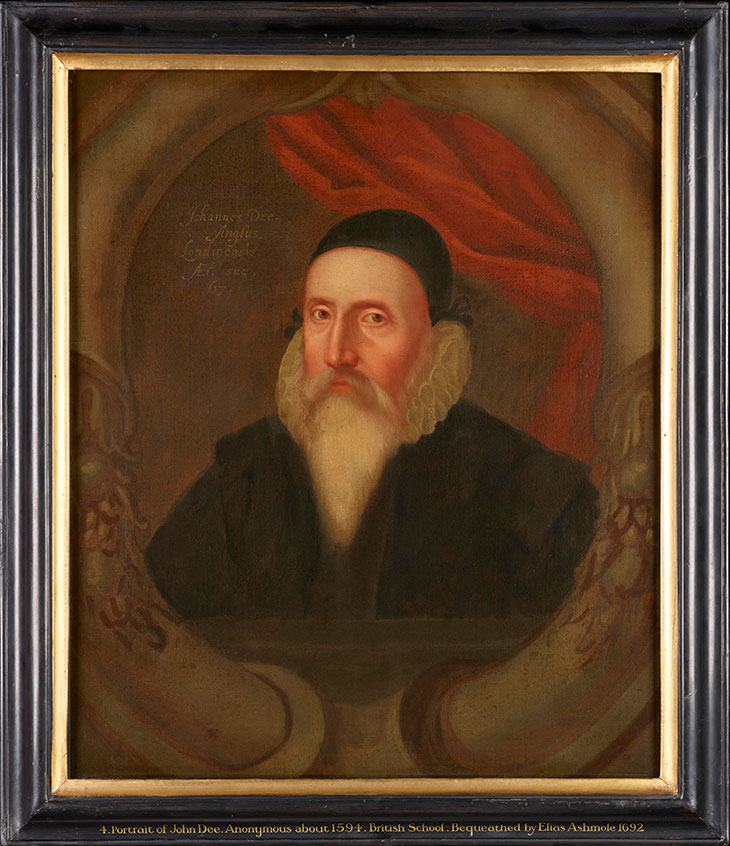Last week The Times reported that the Royal College of Physicians is considering selling some of its collection of rare books to fill a £3 million deficit in its finances: a move that would rob an important historical institution of its centuries-old inheritance for dubious short-term gains.
Founded in 1518, the Royal College of Physicians is London’s oldest medical college. Since the beginning it has been home to a rich archive of books, papers and objects that chart the changing understanding of medicine and its role in society. After the founding collections were largely destroyed in the Great Fire of London in 1666 they were rebuilt through generous donations, including a bequest from Henry Pierrepont, 1st Marquess of Dorchester, who left his library of around 3,000 volumes to the college in 1680. Among the collections are a rare mid 15th-century manuscript of The Canterbury Tales; William Caxton’s Recuyell of the Historyes of Troye (1473) – the first book printed in English; The Byrth of Mankynde, Otherwyse Called the Womans Booke (1540), the first book on pregnancy and childbirth to be printed in English; and more than 100 volumes from the library of the Elizabethan mathematician and magician John Dee, the largest collection of his books in the world. The library also reflects an interest in the history of medicine and science around the world, including Islamic medical manuscripts from the medieval and early modern periods, which have been in the collection since before the Great Fire.
Portrait of John Dee (c. 1594), artist unknown. Ashmolean Museum, University of Oxford

The President of the Royal College, Professor Andrew Goddard, has defended the proposals with the claim that many of the books are ‘non-medical’ and therefore beyond the institution’s remit. But this takes a very narrow-sighted view of the Royal College’s institutional identity. It ignores the historic integrity of the library, the importance of the concerns of professional forebears, and the ongoing relevance of historical and cultural concerns to the work of the Royal College today.
By now, many of these books have been in the Royal College’s collection for hundreds of years. Often they were bequeathed – like the library of the Marquess of Dorchester – as complete collections. Auctioning the library risks splitting it up, with individual items to be potentially sold abroad or into private collections where access would be limited or non-existent. Furthermore, any such sale may breach the rules set out by the Museums Association intended to prevent institutions from selling collections ‘to generate short term revenue’. It would also risk the loss of accredited status from Arts Council England, signifying that the college could no longer meet the UK industry standard for well-run museums and galleries.
While the collections might not all be strictly medical in the modern sense, they represent the concerns of past physicians, whose understanding of medicine as a discipline was extremely wide-ranging. The collections also ground the institution’s identity as the oldest medical college: the first president, Thomas Linacre, emphasised the intellectual, rather than purely manual, credentials of the college’s members, expecting them to be ‘groundedly learned’ (meaning classical educated) in a range of subjects, not just medical practice. The many recipe books in the collection also demonstrate the historic involvement of women in medicine, whose folk knowledge and herbal treatments represent the early-modern overlap between medicine, cooking and housekeeping.
But the collections still have something to offer to medical practitioners today. Medicine is not an unassailable monolith, but a cultural practice, and like all cultural practices its history still influences its present. Alongside huge improvements in scientific understanding, the establishment of facts and well-evidenced theories, there lurk untested assumptions, many of which have their basis in historical and cultural expectations. Caroline Criado-Perez’s book Invisible Women (2020), for example, draws attention to the gender data gap, by which some medicines and diagnostics designed for and tested on men turn out to be useless or actively harmful to women. Meanwhile myths about racial differences continue to underpin disparities in treatment, for example inadequate pain relief given to Black people. These ongoing problems have their roots in the historical development of medicine. To be exposed and remedied, their origins must be traced and understood, and wide-ranging collections such as the Royal College’s have their part to play in this process.
Among the books bequeathed by the Marquess of Dorchester is a copy of Euclid’s Elements from 1570, the first translation of Euclid into English, for which John Dee wrote his famous ‘Mathematical Preface’. Although this is a work on geometry, the translator, Henry Billingsley, opens the book with a forceful defence of the interdependence and value of a variety of disciplines. ‘There is (gentle reader) nothing (the works of God only set apart) which so much beautifies and adorns the soul and mind of man as does knowledge of the good arts and sciences’: a philosophy from which the Royal College of Physicians could benefit even to this day.



